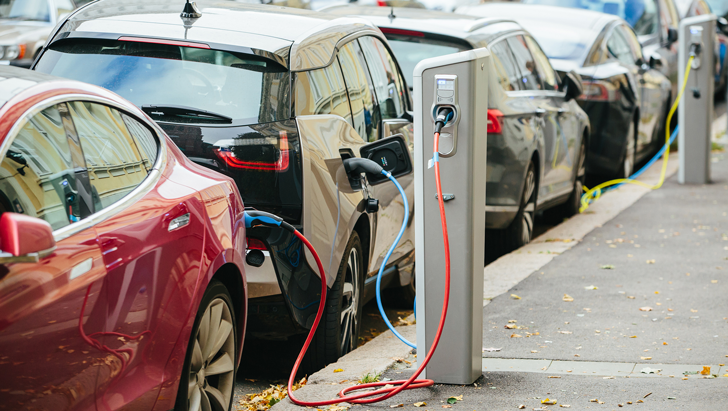Hybrid Car Types Explained
Posted
on Wednesday, 27 March 2019
by CarTakeBack
If you're thinking about buying a new car, you might have considered getting a hybrid car. There's more than one type of hybrid vehicle on the market, and the differences between them can be confusing. In this blog, we're going to break them down for you.
What is a hybrid car?
The term 'hybrid', in relation to a vehicle, is used to describe a car that uses two different sources of energy, giving maximum efficiency. Usually, this means combining a combustion engine with electrical power to run the car.
What types of hybrid cars are there?
There are various types of hybrid cars, including full, mild, plug-in and range extender, and each work in different ways, as explained below.
Full Hybrids
Full hybrids are the most common type of hybrid car. They use the combustion engine and electric motor(s) to drive the car simultaneously or independently.
The electric motor(s) is or are built into the drivetrain, and hold small amounts of charge to provide extra power. Though full hybrids can run in electric-only mode, this is usually only at slow speeds and short distances, as the batteries are quite small and of limited capacity. They do recharge quickly and easily though and are charged by the process of the combustion engine running. They also have the added bonus of still being able to run even if the battery is completely flat. Full hybrids cannot be plugged into an external electricity supply to be charged.

Mild Hybrids
Like full hybrids, mild hybrids (MHEV) use an electric motor alongside the combustion engine. The difference between them is that mild hybrids can't use the two systems independently, they always run together. This means they are unable to run in electric-only mode, though mild hybrids can help cars achieve better fuel economy than cars which are solely powered by a combustion engine.
Mild hybrids work by assisting the car's engine, by either helping drive the car, or recovering kinetic energy to power electrical systems within the car, such as the lights, navigation device, and stereo.
Plug-In Hybrids
You'll often see plug-in hybrids referred to as PHEVs. As you may have guessed, this type of hybrid vehicle can be plugged into an external electrical socket to charge the batteries. These cars have larger batteries and have a longer electric-only range than full hybrid vehicles.
When plugged in overnight, most people can run their PHEV on pure battery power for at least their whole commute, if not for several, with an average range of around 50 Kilometres. If the battery does run out, the car can revert to using the combustion engine. However, with the larger batteries needed for a PHEV, the cars are heavier than normal, so the fuel economy of the combustion engine can be worse than a non-hybrid car in combustion engine only mode.
Range Extender Hybrids
Often referred to as REXs, range extender hybrids are electric cars with petrol powered generator. The combustion engine is used to charge the batteries, rather than drive the wheels, working to extend the range of the battery so that driver doesn't need to stop to charge their car on longer journeys. REXs are usually heavier than other hybrids, because of the adaptations to a usual car engine.
